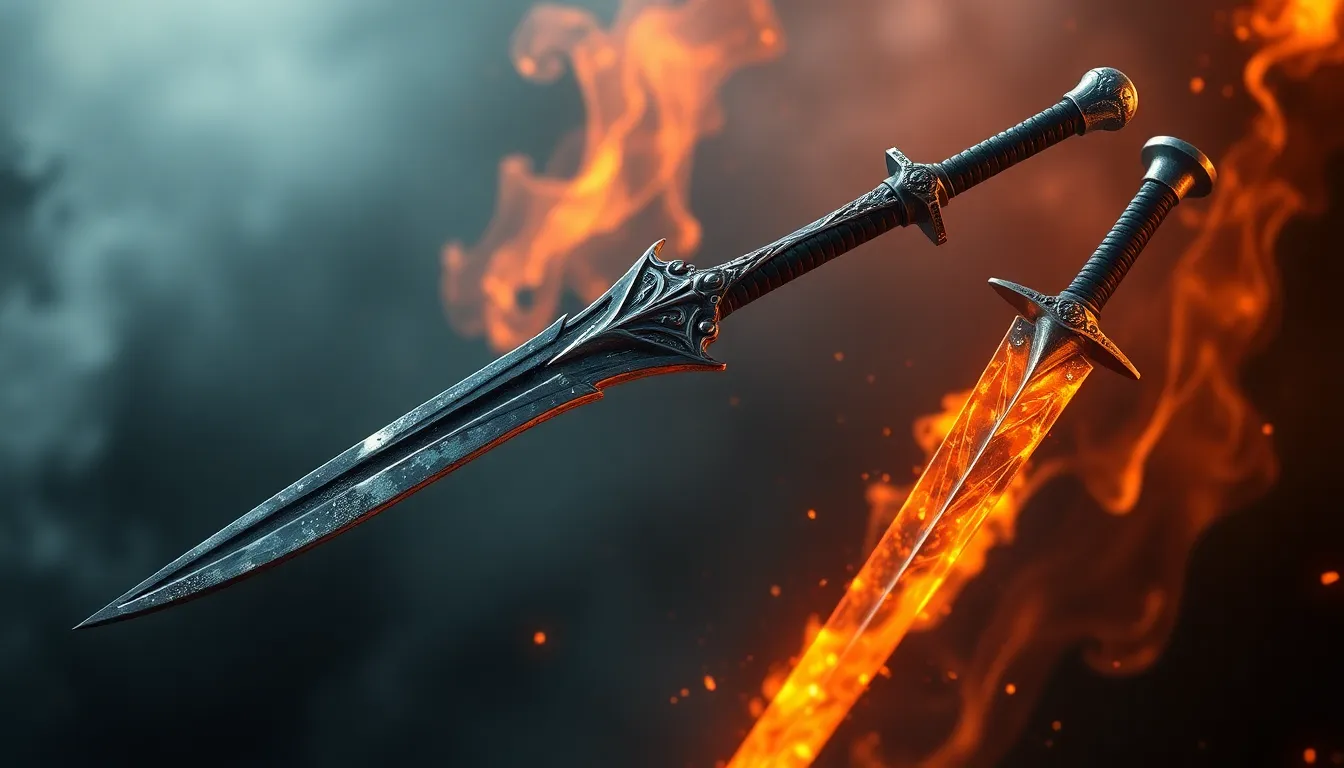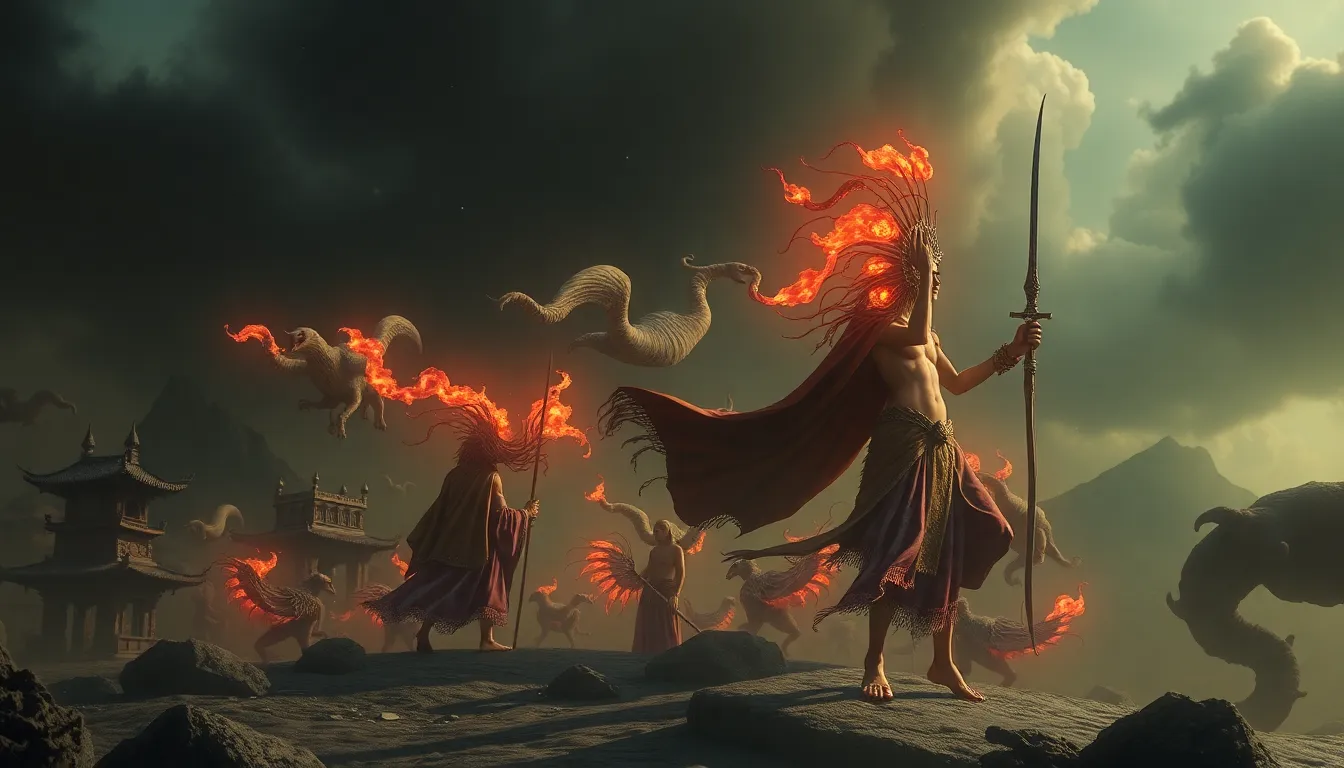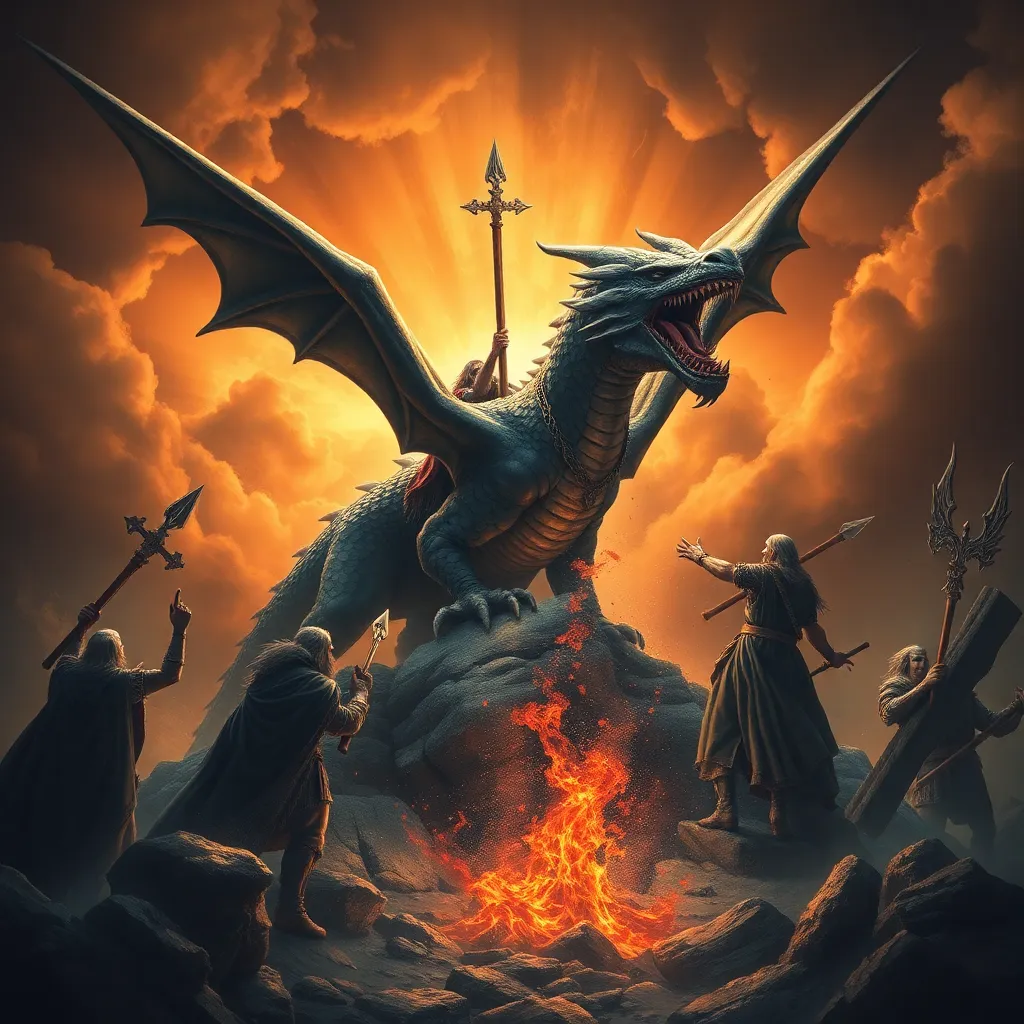Swords of the Ancients: 5 Mythical Blades You Need to Know About!
Introduction to Mythical Blades
Swords have long been a symbol of power, honor, and valor across various cultures. From ancient warriors to legendary heroes, these blades have played significant roles in myths and historical narratives. The allure of swords extends beyond their physical form; they represent the ideals and aspirations of civilizations, embodying the struggles, victories, and moral lessons of their people.
Throughout history, legendary blades have captured the imagination, inspiring tales of heroism and adventure. These mythical swords serve as cultural artifacts, reflecting the values and beliefs of the societies that created them. They are not merely weapons; they are symbols of destiny, justice, and the eternal battle between good and evil.
The Origin of Mythical Swords
The roots of mythical swords lie deep within the legends and folklore of ancient civilizations. Often, these blades are born from the intersection of history and mythology, emerging as powerful symbols in the stories told by generations.
Many legendary swords are linked to historical figures or events, while others are purely the products of mythological imagination. This blending of fact and fiction creates a rich tapestry of storytelling, where swords become central to the identity of heroes and the fate of nations.
Excalibur: The Sword of Kings
Excalibur is perhaps the most famous legendary sword, known as the weapon of King Arthur in Arthurian legend. Its origins vary, with some tales describing how it was bestowed upon Arthur by the Lady of the Lake, while others claim it was pulled from a stone, proving Arthur’s rightful claim to the throne.
The significance of Excalibur extends beyond its magical properties; it symbolizes the divine right of kings and the quest for sovereignty. The sword is often depicted as unbreakable and bestows extraordinary power upon its wielder, representing the ideals of chivalry, honor, and justice in the tumultuous world of medieval Britain.
Kusanagi-no-Tsurugi: The Grass-Cutting Sword
Kusanagi-no-Tsurugi, or the Grass-Cutting Sword, is a revered blade in Japanese mythology. It is one of the three Imperial Regalia of Japan and is said to have been discovered by the storm god Susanoo after he defeated an eight-headed serpent.
This legendary sword is not only a symbol of power but also a connection to the divine lineage of Japanese emperors. Kusanagi-no-Tsurugi is celebrated for its legendary feats, including its ability to cut through grass and its role in various myths that highlight the importance of bravery and honor in Japanese culture.
Durendal: The Sword of Roland
Durendal is the legendary sword wielded by the hero Roland in the epic poem “Chanson de Roland.” This blade is described as being indestructible and imbued with sacred relics, symbolizing Roland’s loyalty, bravery, and the ideals of knighthood.
Durendal represents the heroism of the French knights during their battles against the Saracens. Its symbolism goes beyond mere warfare; it embodies fidelity, courage, and the sacrifices made in the name of honor, making it a cherished part of French literary heritage.
Saint Peter’s Sword: The Key to Heaven
In Christian tradition, Saint Peter is often depicted with a sword that symbolizes the power of faith and the authority of the Church. This sword is believed to represent the “keys to the kingdom of heaven,” as described in the New Testament.
The metaphorical significance of Saint Peter’s sword extends into various religious contexts, where it signifies the protection of the faithful and the struggle against evil. It serves as a reminder of the moral and spiritual battles faced by believers throughout history, making it an important symbol in Christian art and literature.
Tizona: The Sword of El Cid
Tizona is the legendary sword of the Spanish hero El Cid, a figure renowned for his military prowess and noble character during the Reconquista. This sword is often associated with various tales of valor, showcasing El Cid’s exceptional skill in battle.
Historically, Tizona represents the strength and determination of the Spanish spirit. Its legendary prowess on the battlefield has made it a symbol of national pride and cultural identity, celebrated in literature and popular culture.
The Role of Mythical Swords in Popular Culture
Mythical swords have transcended their historical roots, finding a place in modern literature, films, and video games. From the epic tales of King Arthur to the adventures of El Cid, these legendary blades continue to capture the imagination of new generations.
- Films: Movies like “Excalibur” and “The Last Samurai” have brought these legendary swords to life, showcasing their mythical status and the hero’s journey.
- Literature: Books such as “The Once and Future King” explore the deep symbolism of swords like Excalibur within the context of Arthurian legend.
- Video Games: Games like “Final Fantasy” and “Dark Souls” incorporate mythical swords as powerful artifacts, often granting special abilities to players.
The representation of these swords in contemporary storytelling serves to reinforce their significance, allowing audiences to connect with the timeless themes of heroism, honor, and the struggle between good and evil.
The Legacy of Mythical Blades
The enduring allure of mythical swords continues to inspire art, literature, and the collective imagination of society. Their stories resonate with themes of bravery, sacrifice, and destiny, making them a vital part of cultural heritage.
These legendary blades not only reflect the values of ancient civilizations but also encourage modern audiences to engage with their narratives, reminding us of the universal human experiences of conflict, resolution, and the quest for meaning.
Conclusion: The Timelessness of Legendary Swords
Mythical blades like Excalibur, Kusanagi-no-Tsurugi, Durendal, Saint Peter’s Sword, and Tizona serve as vital connections to our cultural narratives. They embody the ideals and aspirations of the societies that created them, enriching our understanding of history and mythology.
As we reflect on the power of storytelling, we recognize that these ancient artifacts continue to hold a special place in our hearts and minds, inspiring us to explore the depths of our imagination and our shared human experience.



